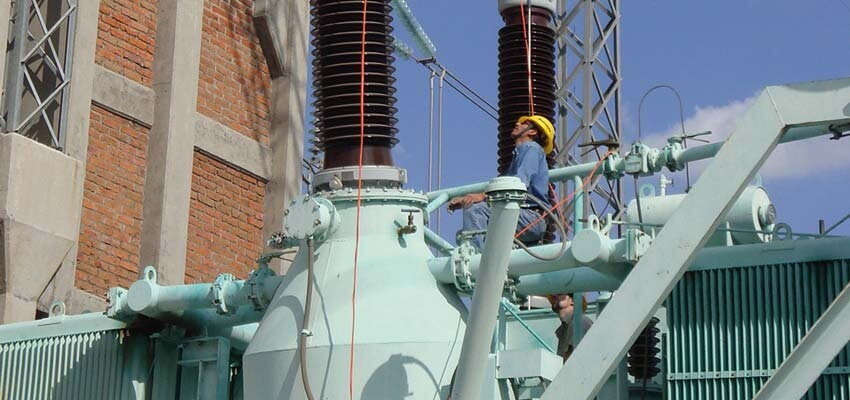
Improving off-line predictive bushing assessments: A practical alternative to the use of on-line bushing monitoring systems
Introduction On-line bushing monitoring systems are a polarizing subject. On the one hand, users have shared success stories wherein what is believed would have been...
byJill Duplessis, Matz Ohlen

Introduction
On-line bushing monitoring systems are a polarizing subject. On the one hand, users have shared success stories wherein what is believed would have been a catastrophic failure was averted. On the other, accounts of problems that these systems invite have been voiced, as well as the concern, in some cases, about the minimal notification time that is available to react when failure of the bushing is imminent. The story of rapid descent (hours) to failure once a problem becomes visible to an on-line bushing monitoring system is not singular. At least a couple of bushing manufacturers are not advocates of on-line bushing monitoring systems due to risk of failures in the tap connector that may cause a bushing failure and recommend monitoring only if you need to use a bushing near its end of life.
While opinions seemingly divide over the viability of on-line bushing diagnostics, exciting advancements have been made in offline diagnostic capabilities, whereby the ability now exists to identify bushing problems that would have likely gone unnoticed through testing in the past. A review of these newer methods, which capitalize on information available at non-system frequencies, and their diagnostic advantages reveal that there is another path forward to the better life management of bushings.
Traditional method: C1 power factor and capacitance tests
The industry has relied on power factor (PF) and capacitance tests almost exclusively to assess the active insulation components of capacitance-graded bushings. C1 PF and capacitance tests target the main core insulation of the bushing, which is located in the space between the center conductor and the insulator/grounded flange and is constructed using conducting layers at predetermined radial intervals within oil-impregnated paper (OIP) or some other insulating material.
PF is an index that describes an insulation system’s losses relative to its size and lends insight regarding the system’s state of health. The capacitance provides information regarding the physical attributes of the insulation system and is affected by general insulation system composition. A change in losses, and therefore PF, indicates the changing condition of the insulation system.
Typical guidelines for evaluating the C1 power factor are:
- Between nameplate PF and up to twice nameplate PF – Bushing acceptable
- Between twice nameplate PF and up to 3 times nameplate PF – Monitor bushing closely
- Above 3 times nameplate PF – Replace bushing







